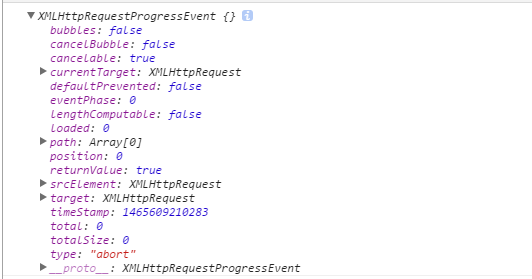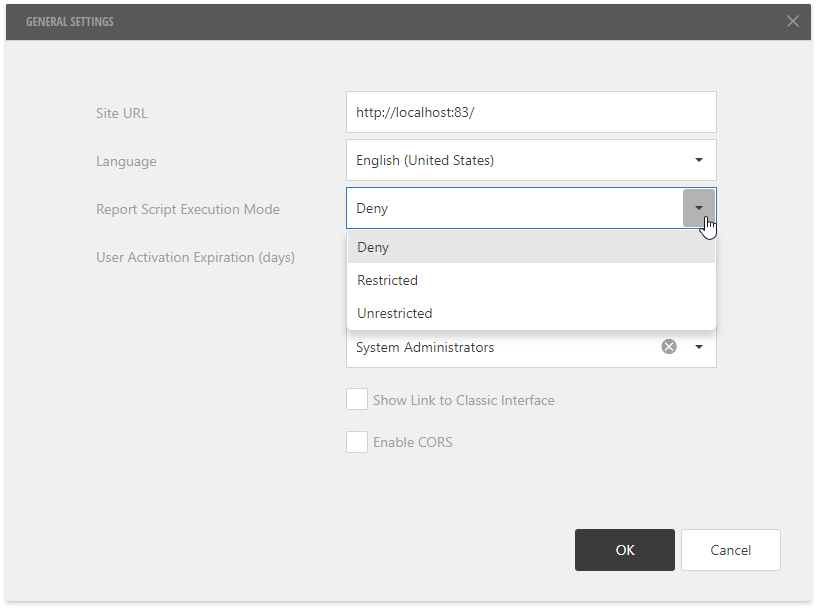我想从捆绑带值的数据向量的一些汇总统计(均值,方差和位数)。 特别是,它被存储在频率分布表中:唯一的数据值var和关系数frequency 。
我知道我可以使用rep函数首先扩展矢量充分发挥其格式为:
xx <- rep(mydata$var, mydata$frequency)
然后做标准
mean(xx)
var(xx)
quantile(xx)
不过频率实在是大,我有许多独特的价值,这使得程序非常慢。 有没有办法直接从计算这些统计var和frequency ?
set.seed(0)
x <- runif(10) ## unique data values
k <- sample.int(5, 10, TRUE) ## frequency
n <- sum(k)
xx <- rep.int(x, k) ## "expanded" data
#################
## sample mean ##
#################
mean(xx) ## using `xx`
#[1] 0.6339458
mu <- c(crossprod(x, k)) / n ## using `x` and `k`
#[1] 0.6339458
#####################
## sample variance ##
#####################
var(xx) * (n - 1) / n ## using `xx`
#[1] 0.06862544
v <- c(crossprod(x ^ 2, k)) / n - mu * mu ## using `x` and `k`
#[1] 0.06862544
计算位数是更多地参与,但可行的。 我们需要先了解位数以标准的方式计算。
xx <- sort(xx)
pp <- seq(0, 1, length = n)
plot(pp, xx); abline(v = pp, col = 8, lty = 2)

标准位数计算是线性内插的问题。 然而,当数据有关系,我们可以清楚地看到,有“运行”(同等价值的),并在图中的“跳跃”(两个值之间)。 线性插值只需要在“跳跃”,而在“运行”中位数只是运行值。
下面的函数仅找到使用分位数x和k 。 出于演示的目的,有一种说法verbose 。 如果TRUE它会产生一个情节和含有“运行”(和“跳”)的信息的数据帧。
find_quantile <- function (x, k, prob = seq(0, 1, length = 5), verbose = FALSE) {
if (is.unsorted(x)) {
ind <- order(x); x <- x[ind]; k <- k[ind]
}
m <- length(x) ## number of unique values
n <- sum(k) ## number of data
d <- 1 / (n - 1) ## break [0, 1] into (n - 1) intervals
## the right and left end of each run
r <- (cumsum(k) - 1) * d
l <- r - (k - 1) * d
if (verbose) {
breaks <- seq(0, 1, d)
plot(r, x, "n", xlab = "prob (p)", ylab = "quantile (xq)", xlim = c(0, 1))
abline(v = breaks, col = 8, lty = 2)
## sketch each run
segments(l, x, r, x, lwd = 3)
## sketch each jump
segments(r[-m], x[-m], l[-1], x[-1], lwd = 3, col = 2)
## sketch `prob`
abline(v = prob, col = 3)
print( data.frame(x, k, l, r) )
}
## initialize the vector of quantiles
xq <- numeric(length(prob))
run <- rbind(l, r)
i <- findInterval(prob, run, rightmost.closed = TRUE)
## odd integers in `i` means that `prob` lies on runs
## quantiles on runs are just run values
on_run <- (i %% 2) != 0
run_id <- (i[on_run] + 1) / 2
xq[on_run] <- x[run_id]
## even integers in `i` means that `prob` lies on jumps
## quantiles on jumps are linear interpolations
on_jump <- !on_run
jump_id <- i[on_jump] / 2
xl <- x[jump_id] ## x-value to the left of the jump
xr <- x[jump_id + 1] ## x-value to the right of the jump
pl <- r[jump_id] ## percentile to the left of the jump
pr <- l[jump_id + 1] ## percentile to the right of the jump
p <- prob[on_jump] ## probability on the jump
## evaluate the line `(pl, xl) -- (pr, xr)` at `p`
xq[on_jump] <- (xr - xl) / (pr - pl) * (p - pl) + xl
xq
}
将所述函数应用于所述示例性数据与上面verbose = TRUE给出:
result <- find_quantile(x, k, prob = seq(0, 1, length = 5), TRUE)
# x k l r
#1 0.2016819 4 0.0000000 0.1111111
#2 0.2655087 2 0.1481481 0.1851852
#3 0.3721239 1 0.2222222 0.2222222
#4 0.5728534 4 0.2592593 0.3703704
#5 0.6291140 2 0.4074074 0.4444444
#6 0.6607978 5 0.4814815 0.6296296
#7 0.8966972 1 0.6666667 0.6666667
#8 0.8983897 3 0.7037037 0.7777778
#9 0.9082078 2 0.8148148 0.8518519
#10 0.9446753 4 0.8888889 1.0000000

该数据帧的每一行是一个“运行”。 x给出了运行值, k是游程长度,和l和r是运行的左侧和右侧百分。 在图中,“运行”被描绘在黑色水平线。
信息“跳跃”是由隐含r x行和值l , x下一行的值。 在图中,“跳跃”是红色的线条。
垂直绿线信号的prob我们给出的值。
计算的位数是
result
#[1] 0.2016819 0.5226710 0.6607978 0.8983897 0.9446753
其等同于
quantile(xx, names = FALSE)
#[1] 0.2016819 0.5226710 0.6607978 0.8983897 0.9446753
文章来源: Compute sample statistics for a data vector with ties which is stored as a frequency table





